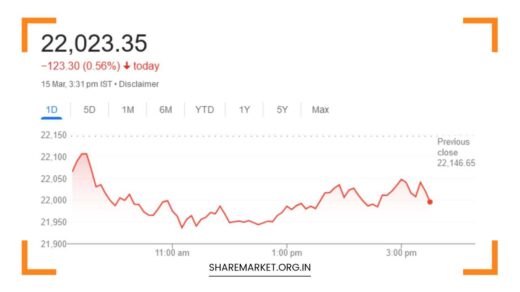Country’s Debut: 50-Year Bond Issuance Set for October Launch

50-Year Bond Issuance
The Indian government is poised to embark on a historic financial endeavor by introducing bonds with an extended maturity period of 50 years.
This move represents a substantial departure from its conventional borrowing practices and underscores the evolving dynamics within India’s financial landscape, particularly in the life insurance and pension fund sectors.
Commencing in October and extending through February, the government will make available these long-term bonds to investors, with the objective of raising Rs 300 billion (approximately $3.6 billion).
This amount constitutes a significant portion, equating to 5 percent, of the government’s total borrowing requirements.
The decision to issue 50-year bonds reflects a strategic response to the changing financial environment in India.
Notably, the country’s life insurance and pension fund industries are experiencing remarkable growth, significantly altering the dynamics of India’s sovereign debt market, which boasts a substantial valuation of $1 trillion.
This bold financial initiative holds several key implications and motivations for the Indian government. First and foremost, it is anticipated to reduce the government’s reliance on traditional bank purchases of bonds to finance its extensive borrowing needs. This shift is rooted in the changing investment landscape within India.
Gaurav Sen Gupta, an economist at IDFC First Bank, highlights the growing demand from investors, primarily fueled by the expanding organized sector.
With increasing regularity, individuals are diverting a significant portion of their savings into life insurance policies, pension plans, and provident funds.
These avenues are increasingly seen as lucrative investment options, further emphasizing the need for long-term financial instruments like the 50-year bonds.
Furthermore, there is a compelling case for extending the tenures of these bonds. This proposition gains further momentum following JPMorgan Chase & Co’s decision to include India in its emerging markets index.
Extending bond tenures is expected to result in a decline in bond yields, which can have a substantial impact on India’s financial landscape.
In fact, the shift in the yield curve has already started to manifest in India, even before the widespread adoption of these 50-year bonds.
This year alone, the yield on 30-year bonds has registered a decline of 0.11 percent, settling at 7.34 percent. This phenomenon underscores the anticipation and readiness of investors to embrace longer-term investment options.
As part of this strategic financial realignment, the Modi government has charted an ambitious course. In the second half of the current financial year, it aims to sell bonds valued at Rs 6.55 lakh crore.
This is in alignment with the overarching budget target of Rs 15.43 lakh crore set for the entire fiscal year.
This substantial issuance reflects the government’s commitment to reshaping its financial instruments and strategies in response to the evolving financial landscape and investor preferences. It signals a willingness to adapt and innovate in the face of changing market dynamics.
The introduction of 50-year bonds is not merely an isolated financial event but rather a part of a broader transformation in India’s financial markets. Several factors underpin this significant development:
- Demographic Shift: India is witnessing a substantial demographic shift, with a rising proportion of its population moving towards retirement age. This demographic transition is increasing the demand for long-term savings and investment options, making 50-year bonds an attractive choice for many.
- Maturing Financial Markets: India’s financial markets have matured over the years, with an increasing appetite for long-term financial instruments. Investors, both institutional and individual, are seeking avenues for stable, long-term returns, and 50-year bonds align well with this demand.
- Government’s Financial Strategy: The Modi government’s decision to diversify its borrowing sources and reduce reliance on bank purchases demonstrates a commitment to financial prudence and stability. It also aligns with the government’s broader economic agenda.
- International Recognition: The inclusion of India in JPMorgan Chase & Co’s emerging markets index further underscores the country’s growing importance in the global financial landscape. Extending bond tenures is seen as a move to attract international investors seeking stable, long-term investments.
- Yield Curve Adjustment: The decline in the yield of 30-year bonds indicates that the market is responding positively to longer bond tenures. This can potentially lead to reduced borrowing costs for the government, which is significant in managing India’s fiscal deficit.
- Economic Resilience: Amid global economic uncertainty, India’s sovereign debt market remains resilient. The introduction of 50-year bonds enhances India’s position as a stable and attractive investment destination.
- Diversified Investment Options: With the issuance of 50-year bonds, India offers investors a more diversified range of investment options, catering to various risk appetites and investment horizons.
In conclusion, the introduction of 50-year bonds in India marks a pivotal moment in the country’s financial history.
It reflects a proactive response to changing market dynamics, investor preferences, and global recognition of India’s economic significance.
The move holds the potential to not only transform the country’s borrowing landscape but also attract a diverse pool of investors, further solidifying India’s position as an emerging financial powerhouse.
As these bonds become available for purchase in the coming months, they are likely to play a pivotal role in shaping India’s financial future.

















